Rising Prevalence of Hypertension
The increasing prevalence of hypertension is a primary driver for the Blood Pressure Cuff Market. According to recent health statistics, nearly 1.13 billion people worldwide suffer from hypertension, which necessitates regular monitoring. This growing patient population is likely to drive demand for blood pressure cuffs, as healthcare providers and patients alike seek effective management solutions. The Blood Pressure Cuff Market is expected to see a surge in product innovations aimed at enhancing accuracy and user-friendliness, catering to both clinical and home settings. Furthermore, the emphasis on preventive healthcare is likely to bolster the market, as individuals become more proactive in managing their health. As awareness of hypertension's risks increases, the demand for reliable blood pressure monitoring devices is anticipated to rise, thereby propelling the Blood Pressure Cuff Market forward.
Increased Focus on Preventive Healthcare
The growing emphasis on preventive healthcare is reshaping the Blood Pressure Cuff Market. As healthcare systems worldwide shift towards preventive measures, the demand for regular blood pressure monitoring is likely to increase. This trend is supported by initiatives aimed at educating the public about the importance of early detection and management of hypertension. In 2025, the market is expected to benefit from increased awareness campaigns and health programs promoting regular monitoring. Consequently, healthcare providers may recommend blood pressure cuffs as essential tools for self-monitoring, further driving market growth. The Blood Pressure Cuff Market is poised to expand as more individuals recognize the value of proactive health management, leading to higher sales of both traditional and innovative monitoring devices.
Rising Demand for Home Healthcare Solutions
The rising demand for home healthcare solutions is a crucial driver for the Blood Pressure Cuff Market. As patients increasingly prefer to manage their health from the comfort of their homes, the need for reliable and user-friendly blood pressure monitoring devices is growing. The market is witnessing a shift towards products that cater to home use, with features designed for ease of operation and accurate readings. By 2025, the home healthcare segment is projected to account for a significant portion of the Blood Pressure Cuff Market, driven by consumer preferences and advancements in technology. This trend is likely to encourage manufacturers to develop innovative products that meet the specific needs of home users, thereby enhancing market competitiveness and expanding the overall market landscape.
Aging Population and Increased Healthcare Needs
The aging population is a significant driver of the Blood Pressure Cuff Market. As individuals age, the risk of developing hypertension and other cardiovascular diseases increases, leading to a higher demand for blood pressure monitoring devices. By 2025, it is estimated that the number of people aged 65 and older will reach over 1.5 billion, creating a substantial market for healthcare products. This demographic shift is likely to prompt healthcare providers to prioritize regular monitoring, thereby increasing the adoption of blood pressure cuffs in both clinical and home settings. Additionally, the Blood Pressure Cuff Market may see growth in specialized products designed for elderly patients, focusing on ease of use and accuracy. The intersection of an aging population and rising healthcare needs presents a compelling opportunity for market expansion.
Technological Advancements in Monitoring Devices
Technological advancements are significantly influencing the Blood Pressure Cuff Market. Innovations such as digital and smart blood pressure cuffs are becoming increasingly prevalent, offering features like Bluetooth connectivity and app integration. These advancements facilitate real-time monitoring and data sharing, which are essential for effective hypertension management. The market is projected to grow as these devices become more accessible and affordable, appealing to a broader consumer base. In 2025, the market for smart blood pressure monitors is expected to account for a substantial share of the overall Blood Pressure Cuff Market, driven by consumer demand for convenience and accuracy. As technology continues to evolve, manufacturers are likely to invest in research and development to enhance product features, thereby further stimulating market growth.


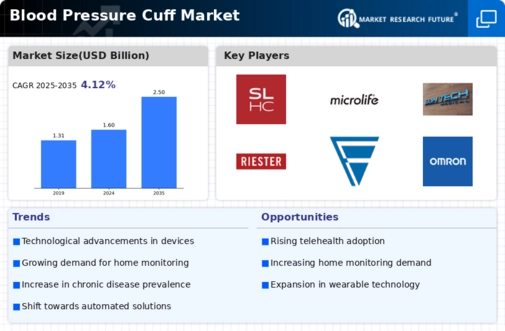
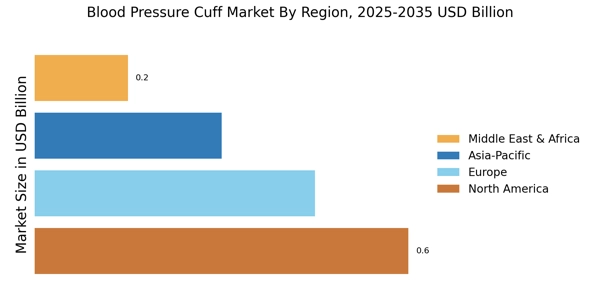
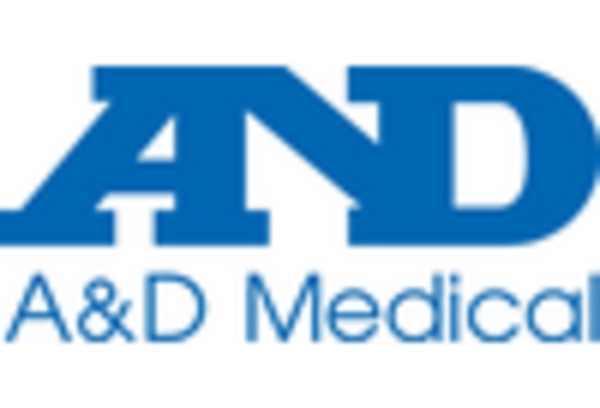
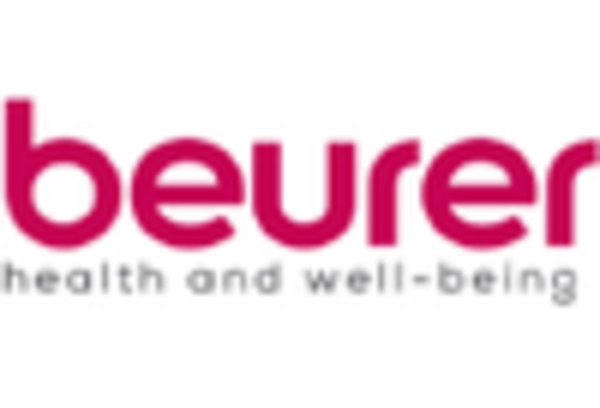
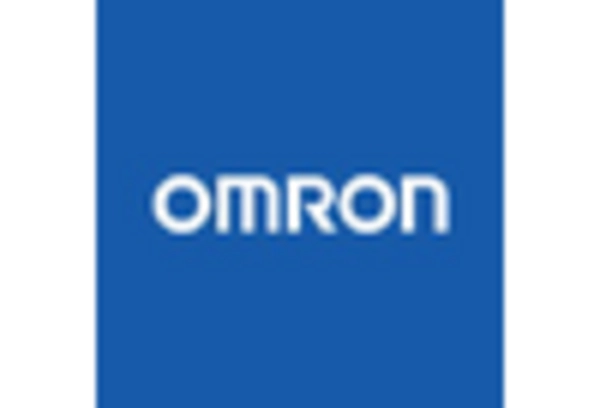


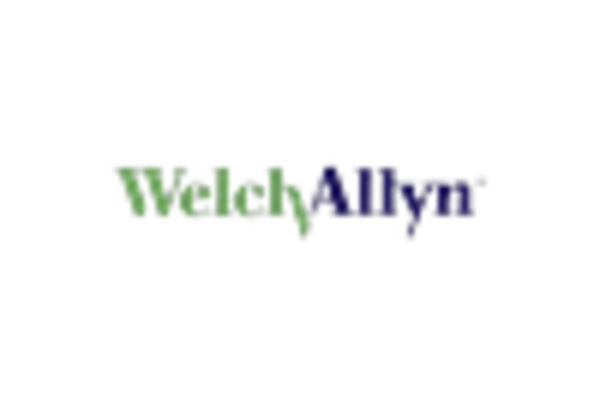








Leave a Comment